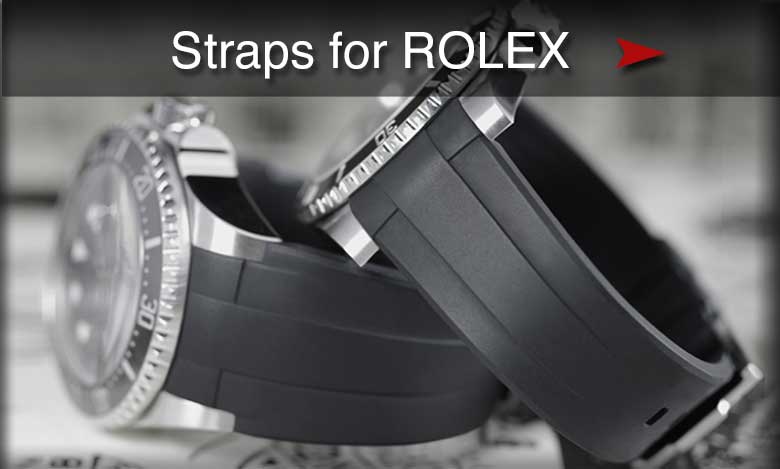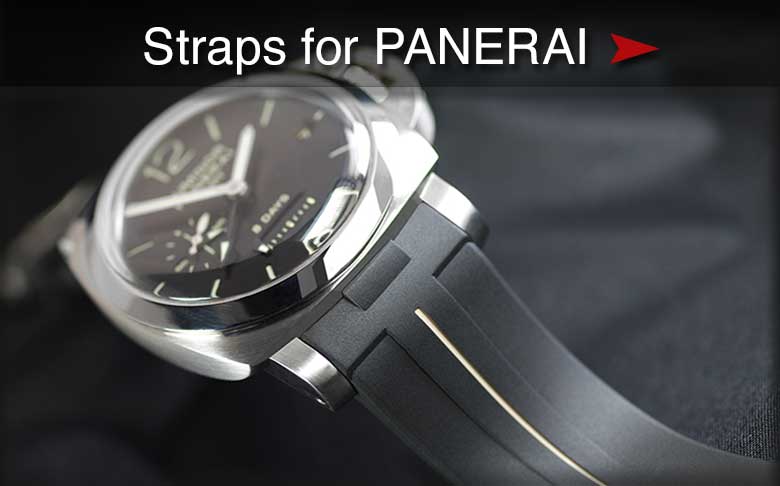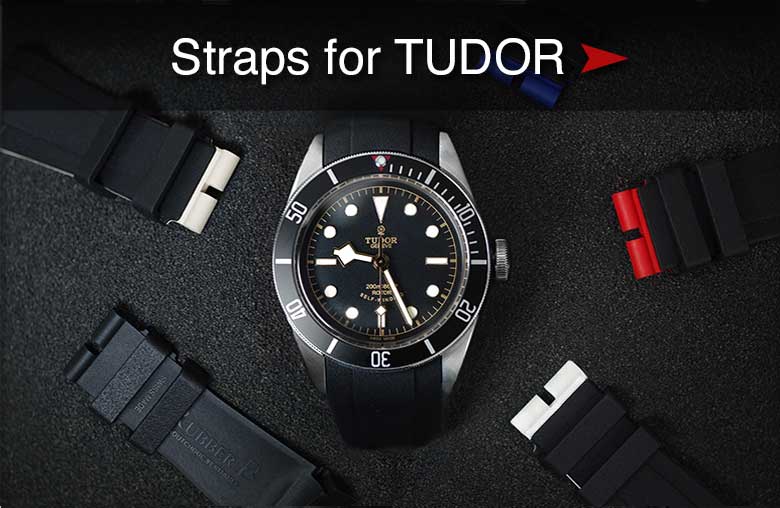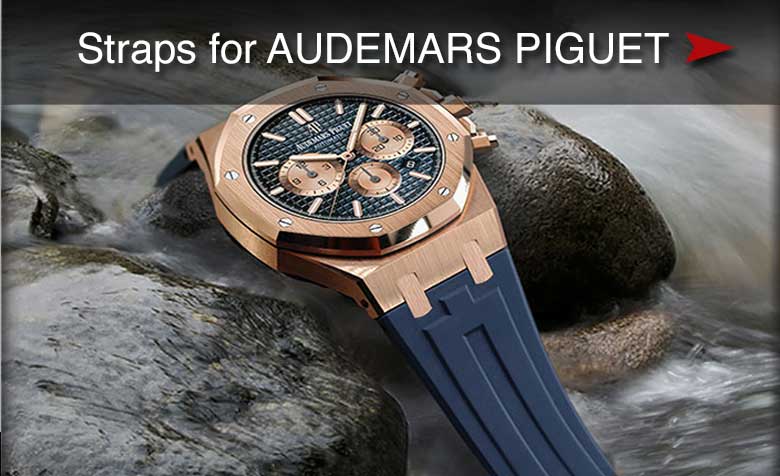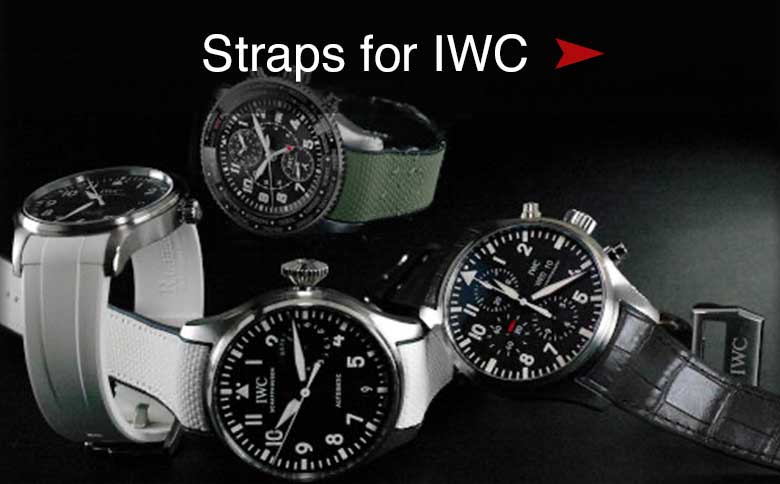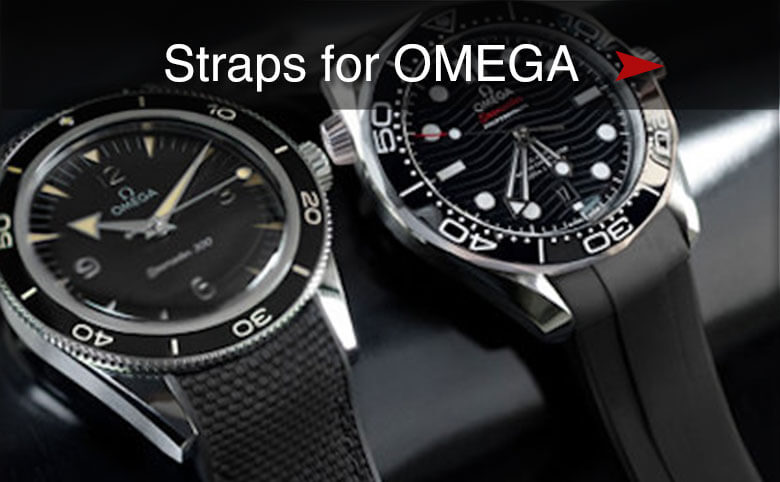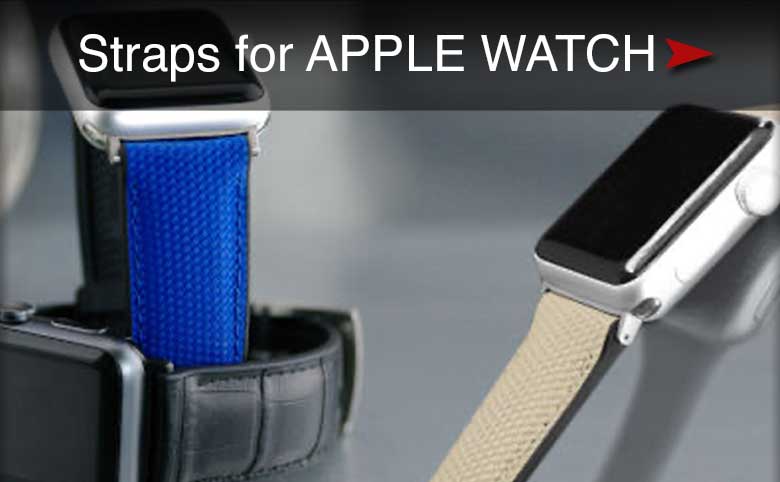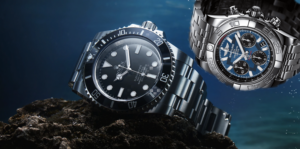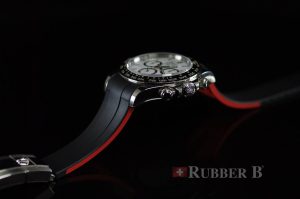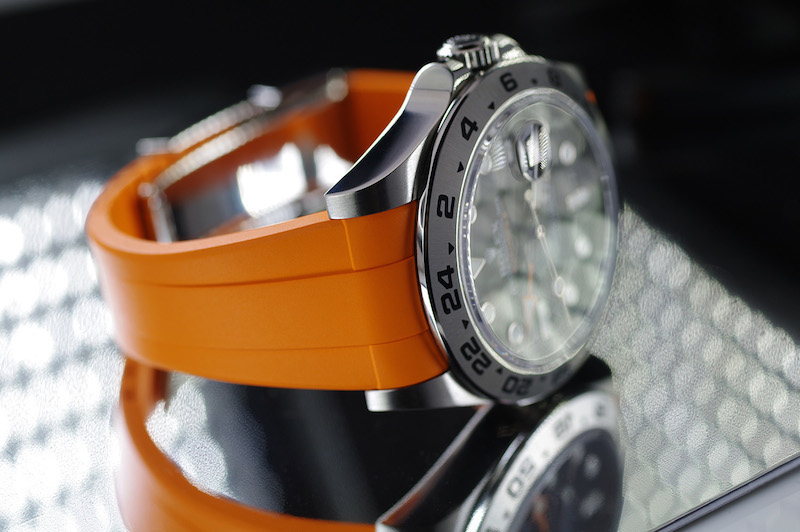
Sapphire and Acrylic crystal are often found on the front and sometimes the back of most watches made today. The watch industry has adopted these two materials for nearly all products produced today. It is important to understand the differences between these and some of the other crystals used on watches today.
Sapphire and Acrylic Crystal
Although man has been making glass for over 5500 years, acrylic glass was a relatively recent discovery. In the 1930’s multiple advances were made. Imperial Chemical Industries discovered Polymethyl Methacrylate, creating the first acrylic glass – which was trademarked as Perspex.
The Röhm and Haas chemical company developed the process of polymerizing acrylic between two sheets of glass, creating Plexiglass in 1933. DuPont developed a form of acrylic named Lucite shortly afterwards. The initial goal was to create a type of safety glass which could be used for car windows, to prevent splintering from real glass.
World War II found many uses for acrylic glass. Besides windows, it was added to periscopes on submarines, gun turrets, and more. The main thing is that plexiglass is easy to manufacture and can be manipulated into any shape you want. It is inexpensive to produce and just as cheap to replace.
Even though acrylic won’t shatter or break easily, it can scratch easily. This means that a watch protected by acrylic glass will often be protected from damage but may be scratched easily over time. Yet, unlike Sapphire, any scratches on the acrylic can be re-polished or the acrylic replaced for a rather low cost.
One unfortunate negative is the visibility through plexiglass. It is less visible through the glass and can have a slight cloudy appearance of the underlying dial. The cloudy appearance is noticeable only through precise examination and comparison between the acrylic and sapphire crystal.
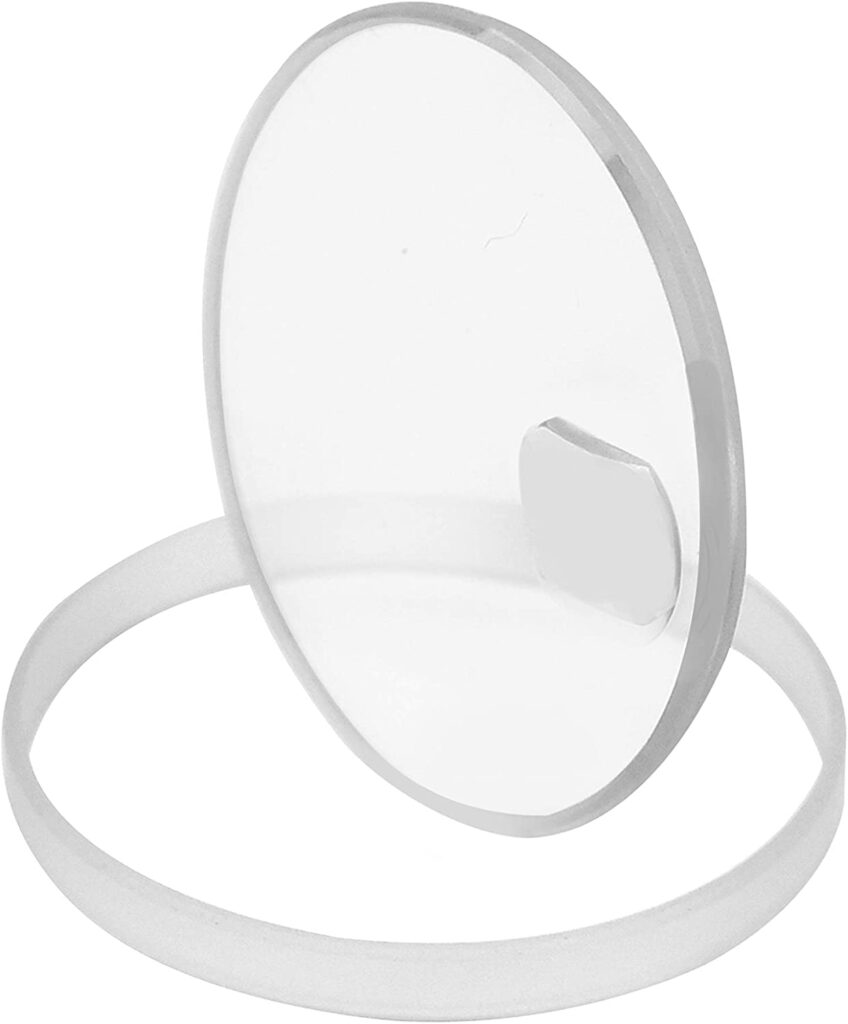
Sapphire is much more expensive to create and the cost is nearly 10 times that of acrylic glass. However, this is the preferred crystal to adorn fine timepieces. Rolex, for example used Acrylic crystal for many years up until 1978. In 1978, Rolex started to replace the glass on the front of its timepieces with Sapphire glass. Although the first Rolex that contained Sapphire glass appeared in 1970, it actually took until 1991 to replace all of Rolex’s timepieces with sapphire.
Sapphire crystal, like acrylic, is a synthetic product, not a natural occurring element like sapphire gems. The name sapphire is often mistaken for the natural occurring gems that are mined. Although sapphire crystal appears on most high end watches for the last 30 years, acrylic still appears on the vast majority of low cost timepieces.
Sapphire has superior scratch resistance. In fact a rare few products like diamonds exceed sapphire on the Mohs hardness scale. Sapphire gets ranked as a 9, and diamond has a 10 on the hardness scale. This means that sapphire is less susceptible to scratching than nearly any substance in the world, other than the rare substance such as diamond.
Sapphire has greater clarity than other crystals. Rolex and most other watchmakers add a layer of anti-reflective coating to the sapphire when in production. This gives the glass even a clearer look and the glass seems to disappear, making the timepiece exceptionally visible both in day and in night.
One of the challenges with sapphire is that due to its hardness, it is more brittle than acrylic. It can be cracked or shattered much more easily than acrylic. However, it sapphire is quite durable. In fact, even Panerai uses sapphire on its most combat ready timepieces. And Rolex uses sapphire exclusively in its Deepsea timepieces that will traverse the intense pressure and depths of the ocean. However, Rolex does increase the thickness of the sapphire crystal used on this timepiece in order to improve its overall durability.
Although it is hard to scratch sapphire it can still be scratched. And once it is scratched it is very difficult to polish the scratch out. Acrylic scratches can be much more easily eliminated than sapphire scratches. Sapphire and Acrylic Crystal will continue to dominate the watch market. It is likely that sapphire will still remain the top glass used by the most prestigious luxury watch brands for the foreseeable future, and acrylic will continue to be ever present in timepieces made under $1000 and especially under $400.
